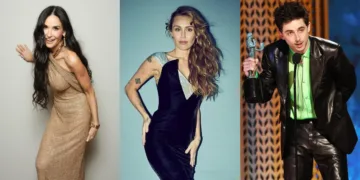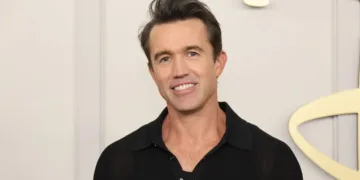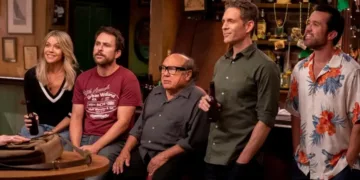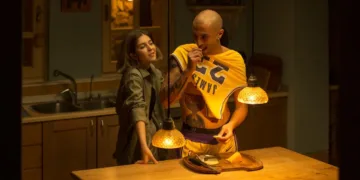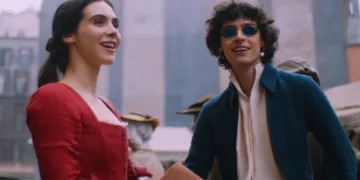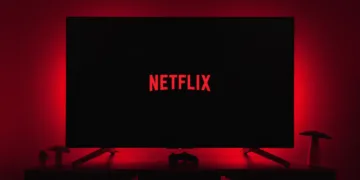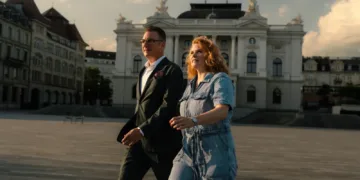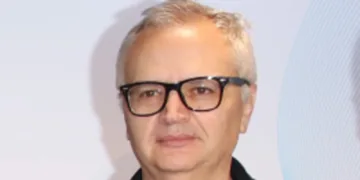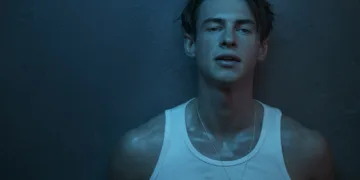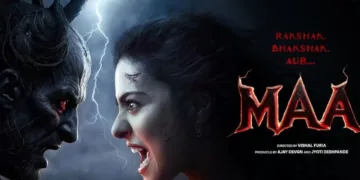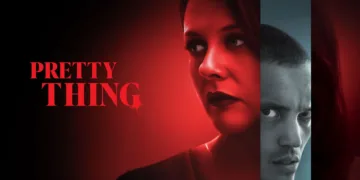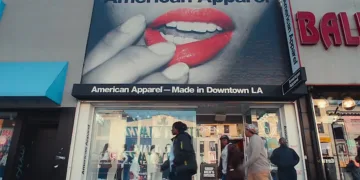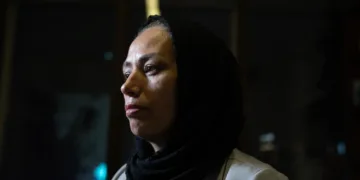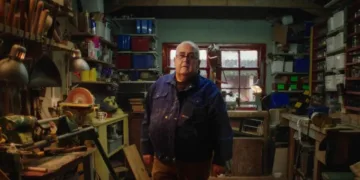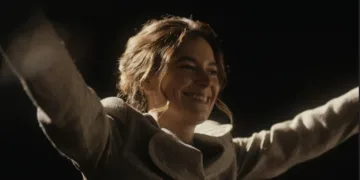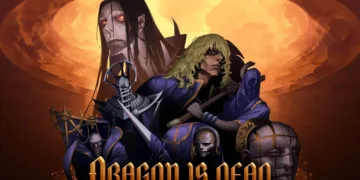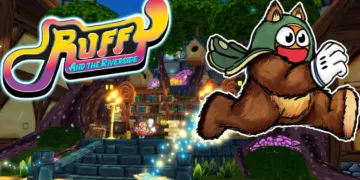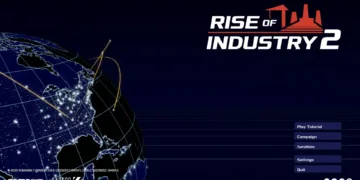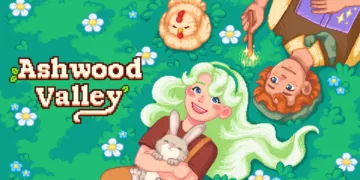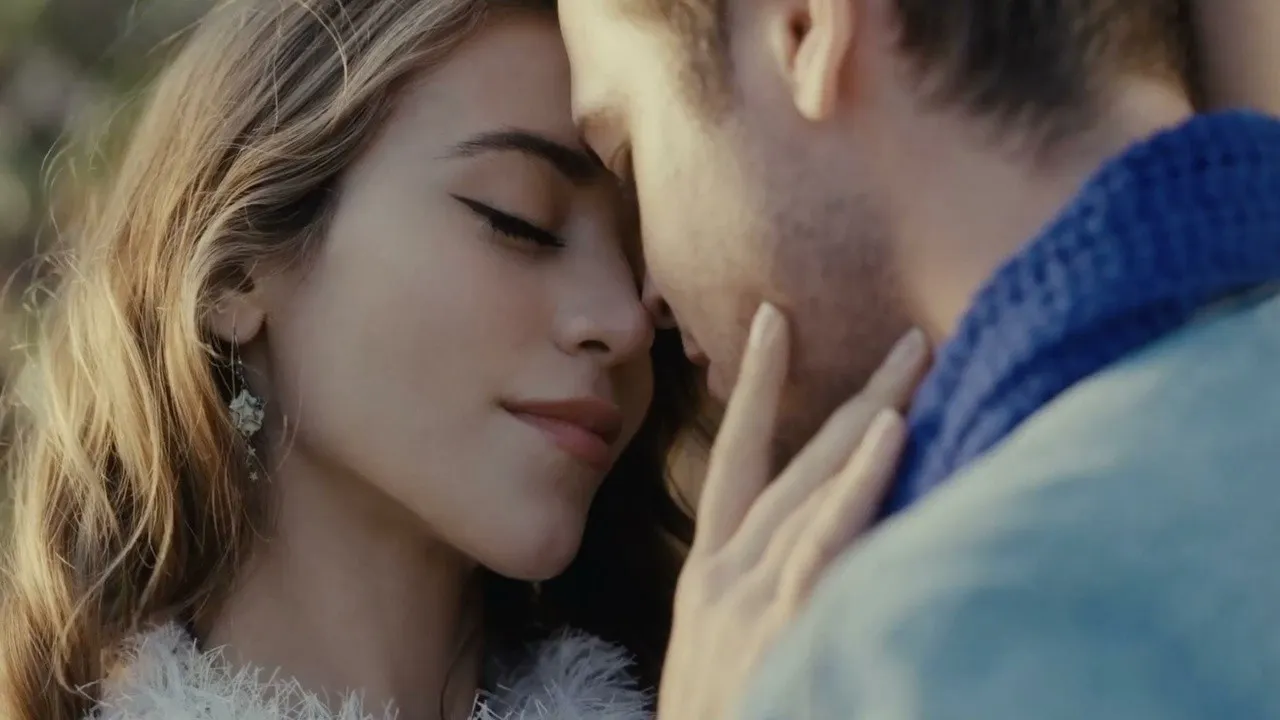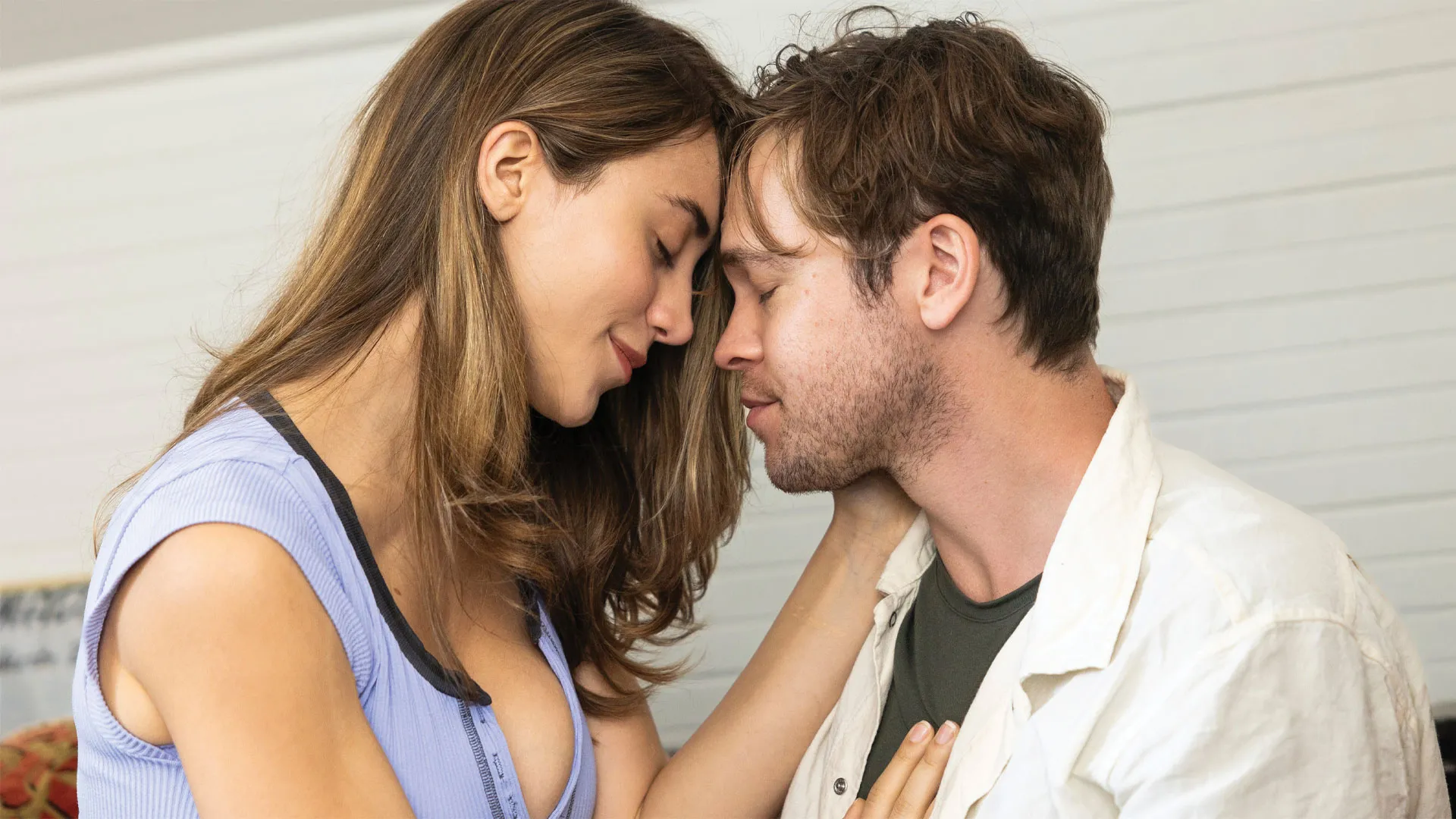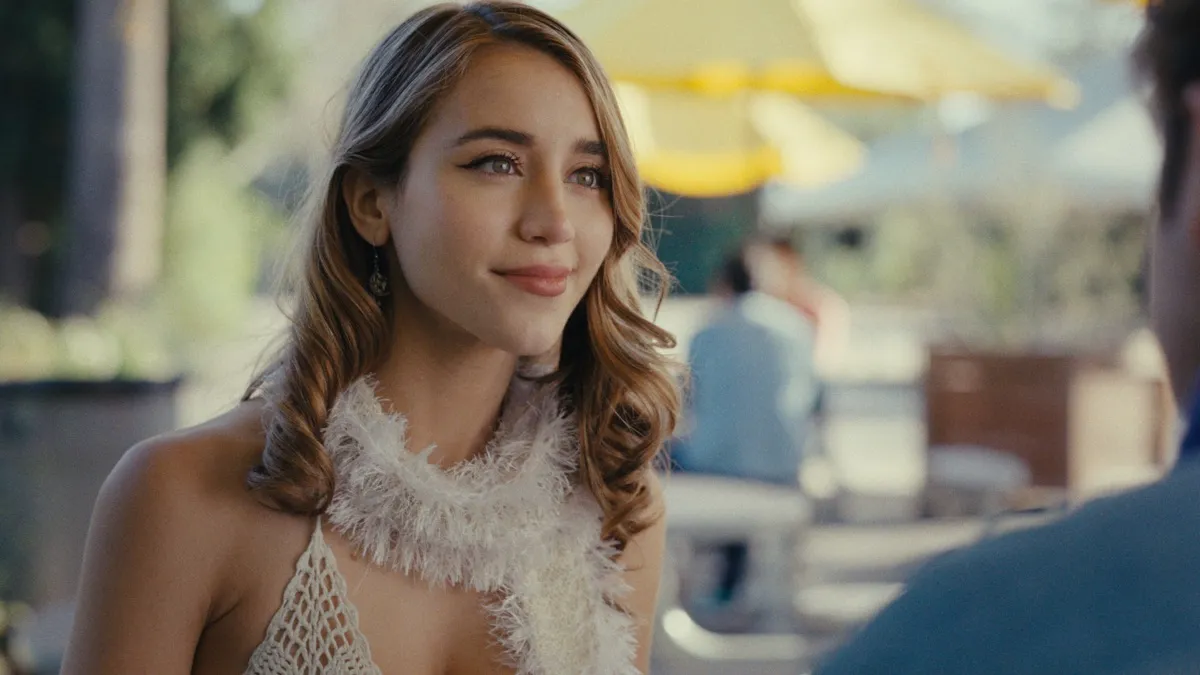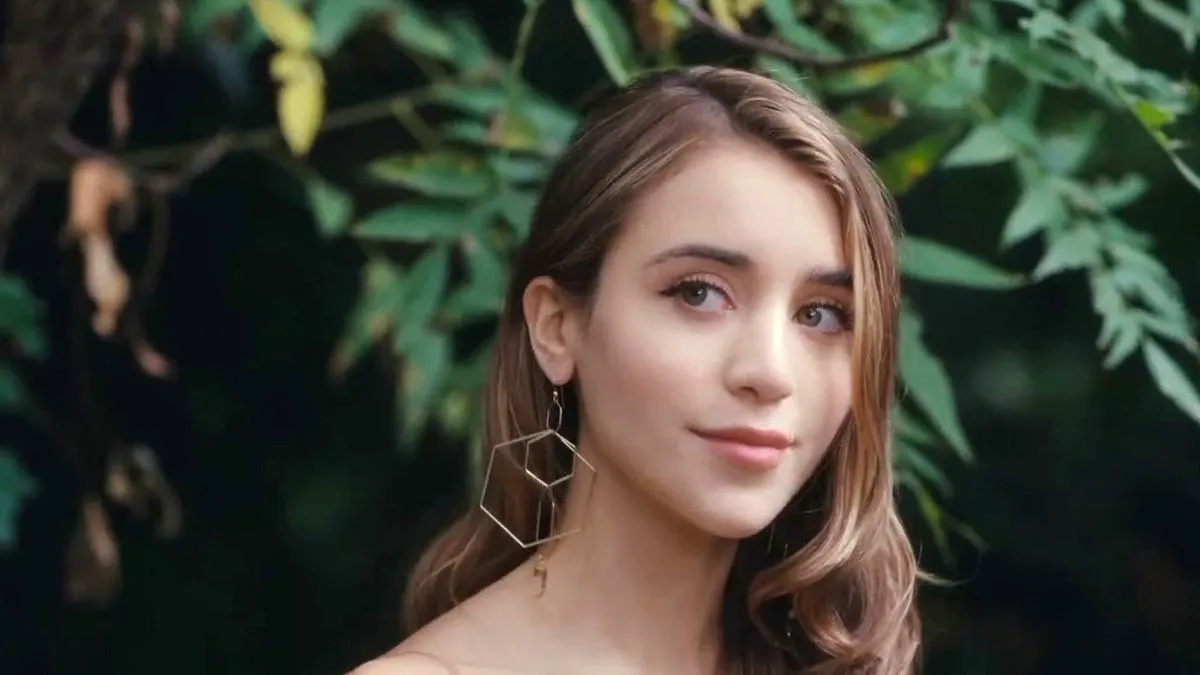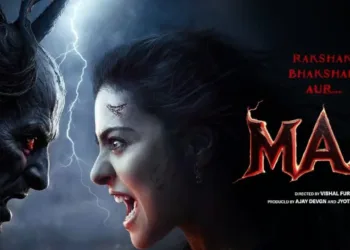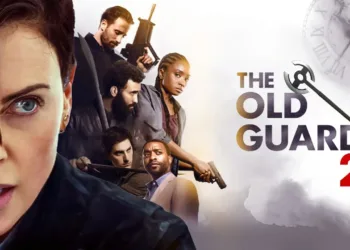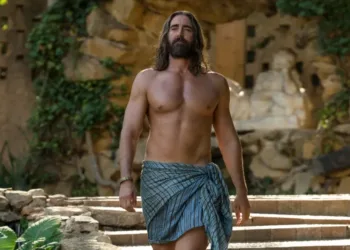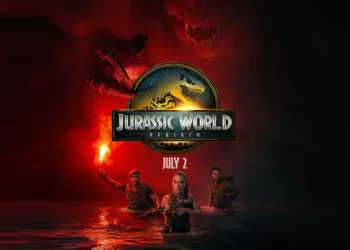Photographer Peter finds his world fractured across time’s seams, with past, present and future colliding in unpredictable ways. Haunted by guilt over Sara’s death, he drifts between moments of tender remembrance and unsettling visions of a life that remains just out of reach. Goldberg frames these temporal overlaps with dreamlike precision, letting each cut act as a ripple that questions memory’s reliability.
A familiar drama of loss transforms into psychological inquiry, as reality warps under the weight of regret. Genre conventions slip away when surreal flourishes—soft-focus reflections and echoing motifs—anchor Peter’s emotional conflict. This hybrid approach invites a new examination of grief and choice, showing how inner turmoil can reshape outer experience.
From the opening exchange—the eerie phone call defying logic—to scenes where past lovers materialize in present settings, the film demands active attention. Goldberg seems intent on revealing time as malleable, suggesting that true resolution arrives only after facing both what happened and its lasting imprint.
Architectures of Time
Goldberg stitches time with match cuts, layered dissolves and abrupt jumps that mimic shattered glass. Past scenes bloom in a palette of sepia and gold, their edges soft and dreamlike, while present-day frames feel crisp under cool blue light. Dream sequences arrive like whispers of smoke—a suspended photograph of Sara, a mirror cracking to reveal a younger Peter.
Spatial continuity fractures as identical props shift placement, heightening disorientation. Flash-forwards snap into view with a Polaroid’s sharp click, audio cues looping backward to signal temporal fractures, then fold back into the narrative until chronology trembles at the edges.
This deliberate disruption of linear flow turns a familiar tale of regret into an interactive puzzle. Clarity briefly flickers—a ringing phone foretelling both wreckage and revenant presence, Lora’s hand resting gently on Peter’s shoulder—only to dissolve into uncertainty.
Scenes overlap as if two films run in parallel, often merging characters across eras to underscore guilt’s persistence. The film treats memory as both illumination and distortion: each fragment can reveal or obscure, and the audience becomes investigator, reconstructing emotional truths from the shards, their engagement deepened by persistent mystery.
Editing swings between feverish montage and reflective stillness. Rapid-fire cuts collide disparate moments, each heartbeat pushing toward crisis. Then energy subsides into lingering takes—long shots holding Peter in silent reverie, letting guilt pool around him. Intentional jarring transitions—snapped cuts replacing smooth fades—mirror his inner tremors, while echoing sound bridges guide the viewer across eras.
Moments adopt subjective point-of-view editing, drawing the audience into Peter’s fractured consciousness. In this finely tuned rhythm, editing serves as a character, charting the ebb and flow of hope and despair with surgical precision.
Echoes of Guilt and Grace
Peter drifts from spectral resignation to deliberate confrontation, his evolution sketched in quiet gestures and sudden eruptions of feeling. At first, Calvert’s Peter slumps through empty rooms, voice reduced to a muted whisper as if speaking underwater.
As timelines collide, he begins to reclaim agency—a trembling hand pulling at a photo frame, a sharp exhale before answering the phone. In moments of distortion—hallways stretching impossibly long, reflections bending—Calvert anchors his terror with taut muscle and widening eyes. By the film’s midpoint, his rage surfaces in staccato movements, raw and unfiltered, signaling a man determined to face both past and present.
Sara haunts Peter’s world with twin masks of allure and menace. Early flashbacks glow with cinematic warmth: Cowan’s laughter ripples through lens flares, her touch brushing Peter’s cheek in fleeting tenderness. Then her face crystallizes into accusation—eyebrows arched, voice laced with contempt—each entrance jolting like white-hot static. Cowan’s performance threads nostalgia and toxic obsession, her poisoned sweetness dissolving into jagged confrontation. In scenes where memory and reality blur, she emerges both as a phantom of loss and an active force demanding reckoning.
Lora embodies steadfast resolve amid temporal chaos. Kim dresses her presence in soft earth tones and measured pacing—hands steadying camera equipment, voice firm when Peter falters. In a pivotal sequence, she steps into a memory that isn’t hers, her calm persistence rending the film’s shifting fabric. When she confronts Peter about his silence, her words land with crystalline clarity, demanding honesty rather than silence. These instances position Lora as more than a rebuttal to Sara’s intensity; Kim makes her the moral fulcrum upon which Peter’s redemption hinges.
A smarmy agent prowls shadowy corridors, his slick promises echoing Peter’s own fractured ambitions. The rival photographer’s clinical eye underscores the protagonist’s emotional vulnerability, while a barista’s brief smile offers fleeting human connection. Even an editor’s clipped directives—“Focus on the frame”—mirror Peter’s need to frame his own fractured story. Each minor role amplifies themes of memory, choice and the traces we leave behind.
Chromatic Echoes
Gold-tinged amber floods the film’s flashbacks, bathing Peter’s happiest moments in an affectionate glow. Hushed sepia underscores his reveries of Sara, as if the past itself has aged like a treasured photograph. Present-day sequences trade warmth for a cooler spectrum—slate blues and pale grays—that strip the world of comfort and hint at emotional isolation. In rare glimpses of possible futures, muted teals and washed-out whites suggest both possibility and fragility, as though tomorrow’s light has yet to burn fully into being.
Camera placement shatters conventional perspective. Low-angle shots of Peter framed against distorted doorways evoke the vertigo of memory slipping its moorings. Wide lenses stretch hallways into elastic passageways, heightening disorientation when time loops back on itself. Intimate close-ups slide between subjects—Sara’s lip quiver, Lora’s steady gaze—with an almost tactile immediacy, inviting scrutiny of unspoken grief. Crane movements drift above the scene like an invisible witness, collapsing spatial distance as past and present merge.
Light serves as both beacon and betrayer. Mirrors crack reflections into fractal shards, reminding us that each self is always already divided. Soft focus cloaks certain frames in dream logic, while sharp focus on everyday objects—an abandoned camera, a ringing phone—plants the uncanny within the mundane.
Occasional bursts of lens flare cut across dark interiors, as if the world momentarily resists the film’s own syntax. Through these calculated shifts in clarity, Goldberg asks which fragments of vision we trust—and whether memory, like light itself, can be captured intact.
Rhythms of Disorientation
Rapid montage pulses through the film’s emotional core. In one sequence, fractured snapshots of Peter’s grief—shattered glass, a racing heartbeat in the score, jittery clips of Sara’s laughter—coalesce into a torrent of guilt. Another segment chains together steps down dim hallways, scraps of dialogue bleeding into one another, mirroring his panic as past and present collide. These bursts of editing compress time, forcing raw feeling into each cut.
Crosscutting sharpens the tension between memory and reality. A tender moment with Lora dissolves into a flashback of Sara’s angry glare; the two women occupy the same frame, underscoring Peter’s divided loyalties. Parallel scenes—Peter’s silent reverie at dawn, then a frantic search through his own photographs—play off each other, inviting viewers to trace emotional echoes. Each juxtaposition deepens the mystery, exposing how remorse persists across eras.
Yet clarity emerges amid complexity. Goldberg anchors jumps with recurring audio cues—a camera shutter, a distant echo—that signal a temporal shift. Establishing shots of the studio or interior spaces briefly ground the viewer before the next edit. By alternating frenetic sequences with steadier scenes, the film prevents disorientation from tipping into chaos, guiding the audience through its nonlinear design without surrendering its dreamlike intensity.
Resonant Apparitions
A low, looping piano motif threads through Sara’s manifestations, its trembling intervals hinting at unresolved longing and guilt. When Peter drifts into memory, swelling strings rise in a tender counterpoint, underscoring moments of fragile hope before snapping back into tension. These leitmotifs carve distinct emotional contours—one haunted, one hopeful—so that each recurrence deepens character resonance without resorting to blunt sentiment.
Silence and echo sculpt the film’s surreal passages. Conversations trail off into breathy reverb, as if Peter’s studio itself is haunted by unspoken words. Abrupt silences puncture the score at key moments—a phone click, the shutter of a camera—leaving space for the audience’s pulse to catch. Distant ambient drones seep in during flash-forwards, their metallic hums lending a subterranean edge to future possibilities, while sudden drops into quiet magnify the shock of temporal displacement.
Audio cues guide the eye. The piano’s first dissonant chord often precedes a cut to Sara’s reflection; a faint ticking beneath dialogue signals an impending shift in chronology. As visual layers overlap—mirrored images, superimposed frames—the sound design aligns each fragment, anchoring disorientation with tactile clarity. In this seamless fusion of image and sound, Goldberg transforms audio into a cartographer for memory’s labyrinth.
Echoes of the Heart
Guilt tightens its grip on Peter, shaping each decision with the weight of what might have been. His hesitation in answering Sara’s call, the tremor in his voice when recalling her name—these moments trace a path from passive remorse to a yearning for absolution.
Regret becomes a force that propels him into fractured timelines, demanding he confront actions long buried. As memories bleed into present scenes, Peter inches toward redemption, his final choices carrying the echo of past failures.
Toxic love surfaces in Sara’s relentless demands: her laughter laced with entitlement, her tears weaponized to reclaim Peter’s devotion. This obsession contrasts sharply with Lora’s steady kindness—her gentle insistence that he remain grounded, her refusal to vanish into shadowy recollections.
Sara’s manipulations sting like broken glass, while Lora’s presence offers the promise of repair. Through these extremes, the film maps how destructive attachment and nurturing bonds shape Peter’s capacity to forgive himself and embrace genuine connection.
Recurring imagery weaves an unspoken language: the camera lens, a silent witness to truth and distortion; clocks whose hands spin backward in moments of crisis; reflections that fracture faces, revealing inner multiplicity. Each symbol underscores time’s fluidity and memory’s deceptive sheen.
Mirrors shatter into splintered selves, inviting viewers to consider which fragments hold reality. As these motifs recur, they form a visual lexicon, guiding the audience through Peter’s emotional landscape and illuminating the film’s deeper inquiry into love, loss and the possibility of forgiveness.
Enduring Impressions & Writer Prompts
Highlight the emotional reverberations that linger when Peter confronts his reflection in the cracked-mirror sequence or when the piano motif returns over a looping montage. Consider whether the interplay of surreal imagery and raw emotion achieves a resonant pulse.
Probe the thematic core: does the film’s approach to memory yield genuine insight into guilt and forgiveness, or does its complexity overshadow the human truth at stake? Evaluate cinematic craft through Goldberg’s editing choices—does the collage of time fragments build tension effectively?
Invite discussion of the echoing phone call that subverts expectation and anchors guilt in Peter’s psyche. Prompt reference to Sara’s first reappearance in warm sepia tones, the electric friction when Lora asserts herself amid temporal shifts, and the final tracking shot where past and present coalesce. Encourage the writer to ask: Which moment marks Peter’s true turning point? How does the film balance abstraction with emotional clarity? These angles will guide a nuanced final verdict.
Full Credits
Director: Howard Goldberg
Writer: Howard Goldberg
Producers: Howard Goldberg, Julia Verdin
Cast: Alexander Calvert, Caylee Cowan, Kahyun Kim, Simon Kim, Christian Vunipola, Christopher Maleki, Sara Garcia, Anne De Salvo, Chris Devlin, Sabrina Quesada
Director of Photography (Cinematographer): Maximilian Schmige
Editor: Rudolf Buitendach
Composer: Roc Chen
The Review
Double Exposure
Double Exposure transforms regret into a mind-bending exploration of memory and time, its nonlinear narrative demanding active engagement. Calvert’s portrayal captures guilt’s weight, while Cowan’s haunted intensity and Kim’s steady compassion define the film’s emotional stakes. Goldberg’s bold editing and luminous cinematography render surreal passages both unsettling and beautiful, with sound design that guides each temporal shift. Though moments of abstraction test viewer patience, the film’s heart pulses through every fractured moment.
PROS
- Visual storytelling underscores Peter’s emotional state
- Calvert anchors the film’s mood with a layered performance
- Editing choices heighten suspense and urgency
- Sound design signals each temporal shift with precision
CONS
- Temporal jumps may disorient viewers seeking linear clarity
- Surreal imagery occasionally overshadows character stakes
- Secondary roles lack depth in key scenes













